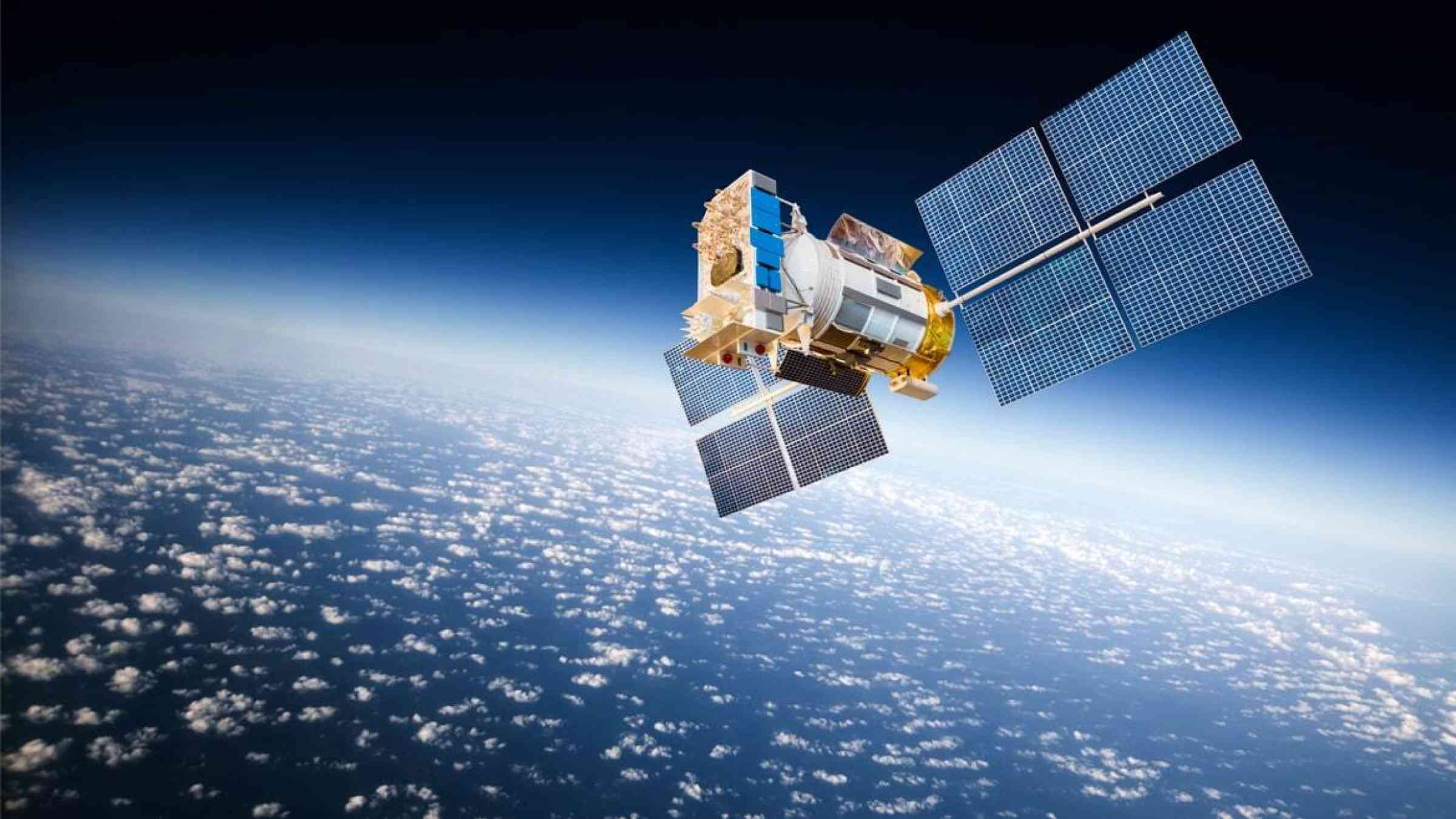Geospatial innovation transforming climate adaptation in Asia

Climate change is a global emergency that goes beyond national borders. The latest State of the Climate in Asia report underscores that extreme weather events like heavy storms, heatwaves, floods and droughts are occurring at higher frequencies and are increasing in severity. Furthermore, rising ocean levels put communities in littoral regions at greater risk of flooding, erosion and storm surges. While the root of these problems must be addressed, geospatial technology can aid climate adaptation efforts.
In Japan, for example, geospatial information helps assess flooding risks within the Arakawa River area of Tokyo, which are subsequently displayed on the Arakawa 3D Flood Hazard Map. This information includes data such as maximum potential inundation depths and flood retention periods, which are supplemented by live updates from cameras along the river. The map allows residents to assess the extent to which their home or workplace will be flooded, enabling them to prepare appropriate evacuation plans. Similar technologies have been implemented in the Republic of Korea. Forming part of the Flood Risk Information System, the Urban Flood Map predicts inundation areas and flood depths, accounting for rainfall as well as the capacities of flood management infrastructure.
Meanwhile, in China, the vulnerability assessment framework for coastal storm surge disasters targets another climate-related challenge. As sea levels rise and extreme weather events intensify, coastal areas are at greater risk of storm surges: the abnormal rise in seawater level caused by storms. The new framework developed by the Chinese Academy of Sciences integrates fifteen indicators, some of them gathered with the help of satellites, to identify provinces, cities, and in some cases even city blocks at greater risk of storm surges. Doing so allows for better preparation and more effective emergency response in the case of disaster.
As part of adaptation efforts, some countries are also developing climate models that make data on the impacts of climate change accessible to the public, thus helping to determine potential threats and allocate resources to manage risk. The Korea Meteorological Administration, for example, has launched the Climate Change Status Map, which allows users to view and analyze historical data for different climate indicators as well as future projections for specific areas. These indicators include temperature and various extreme weather events such as heatwaves and cold waves. In a similar vein, the Russian Federation is using a combination of satellite and land-based measurements to assess the impacts of climate change. This approach provides more insight into the relationship between changes in land cover and biomass, as observed from space, and soil carbon content and greenhouse gas emissions, as observed on land.
Innovation is thriving across the whole of Asia and the Pacific, as highlighted by the 100 space-based solutions in UN ESCAP's 2024 Compendium on Geospatial Applications for Sustainable Development. Thailand, for instance, is developing an Integrated Climate Observing System, using satellite and ground data to anticipate the environmental impacts of climate change. Meanwhile, Indonesia, the Philippines and Viet Nam are using geospatial technology to monitor mangrove ecosystems to help combat storm surges and coastal erosion. In India, a drought monitoring system combines satellite data with ground observations, measuring temperature, irrigation, rainfall, and other parameters to predict the progression of droughts.
With global temperatures set to rise well above the 1.5°C goal agreed by countries under the Paris Agreement, the urgency for climate change adaptation has never been greater. World leaders will gather this month for the United Nations Climate Change Conference (COP29), where they aim to enhance ambitions, renew commitments and bolster action. Enhanced cooperation and mutual inspiration on the use of space-based technologies offer a powerful avenue for addressing our most pressing development challenges - if we are bold enough to act together.
